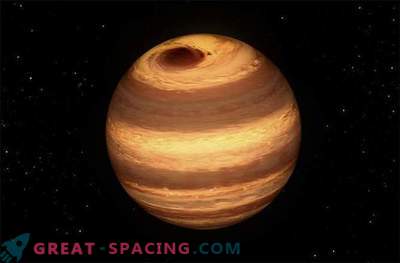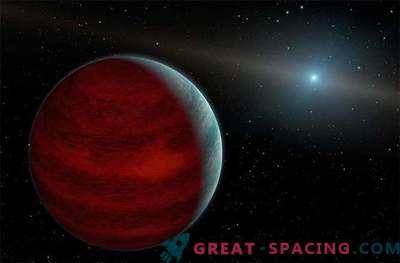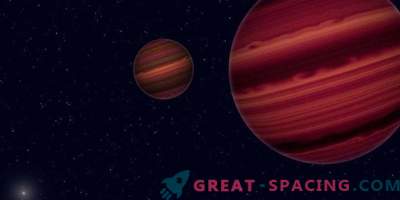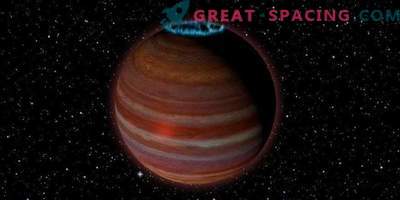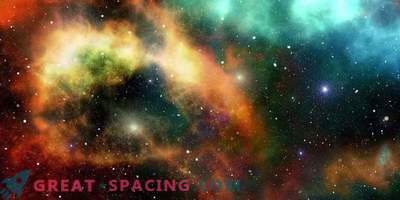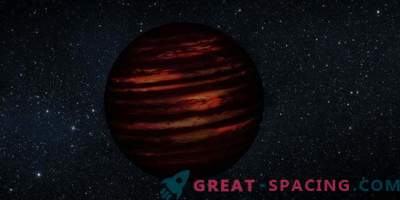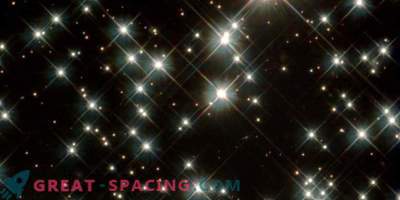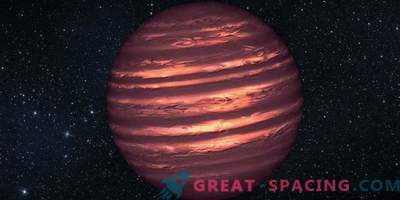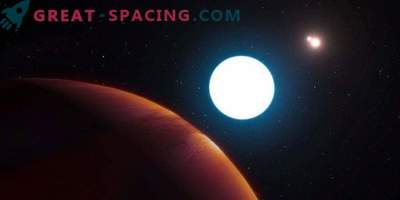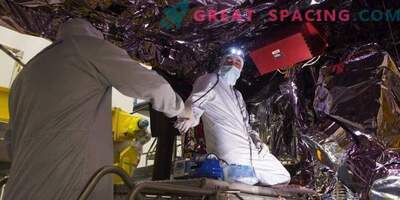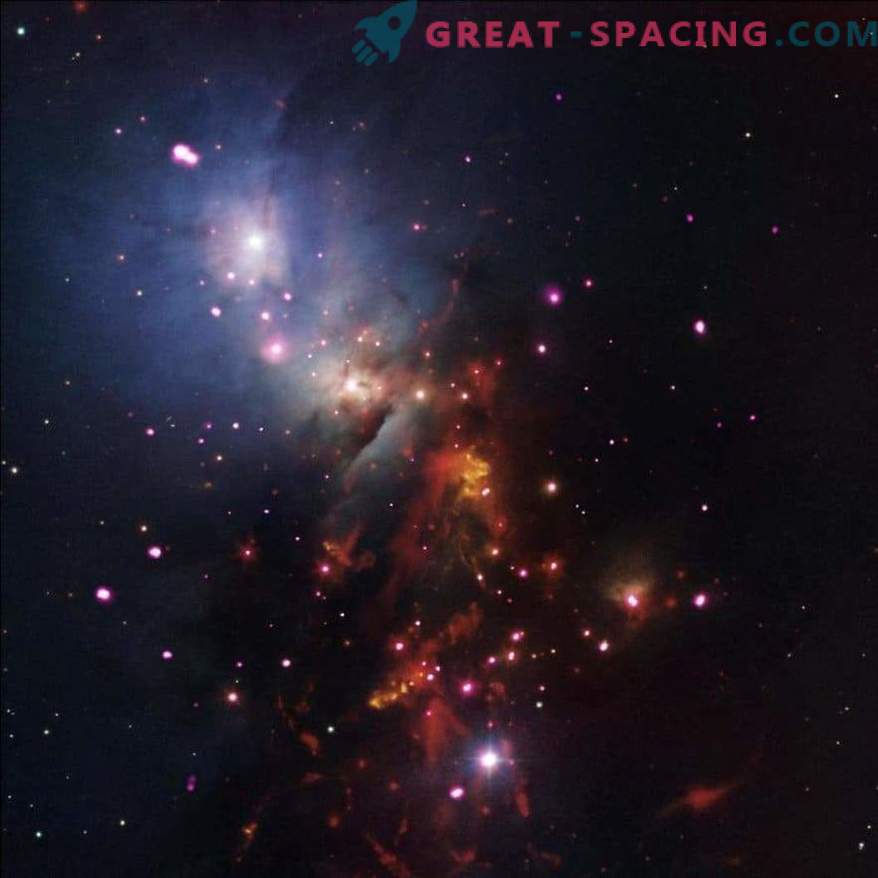
The NGC 1333 star cluster contains a huge amount of brown dwarfs. Scientists will use James Webb's powerful infrared devices to find out more information about these dim objects.
Researchers hope that the powerful infrared ability of the James Webb Space Telescope will be able to solve the fundamental mystery - what kind of dim balls in the sky? Brown dwarfs in the grading scale stand between the star and the planet. Uncertainty is caused by a lack of knowledge about the formation of such objects.
Several research teams are planning to use the future telescope to study the mysterious nature of brown dwarfs in order to understand the stellar and exoplanetary atmospheres, as well as the nebula theory.
Previous work with Hubble, Spitzer and ALMA showed that brown dwarfs may be 70 times more massively massive than gas giants (like Jupiter), but their mass is not enough to activate nuclear fuel burning and create rays.
Brown dwarfs appeared in theory in the 1960s, and confirmed their existence in 1995. But so far there is still no exact information about how they are created: as a star by cutting gas or something like a planet through a protoplanetary disk.
Future research is guided by SIMP0136. It is a low-mass, youthful and isolated brown dwarf, which is one of the closest to the Sun. The atmosphere has already been noticed before, so the new telescope should help clarify the components. It is difficult for terrestrial telescopes to perform a similar analysis due to an obstacle in the form of our atmosphere absorbing rays. But the James Webb Space Telescope will bypass this barrier. Moreover, its IR devices will also allow you to search for molecules that reveal life in other worlds.
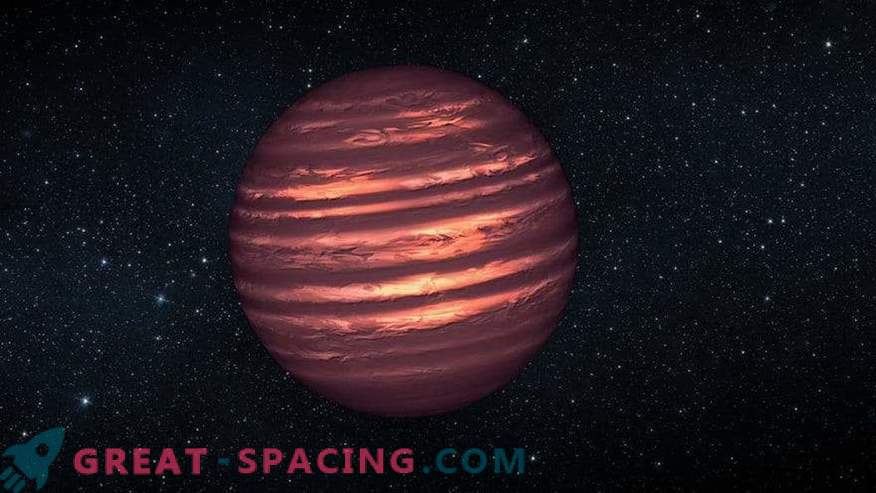
Artistic interpretation of the brown dwarf with the cloudy atmosphere of the planet and the residual light of almost a star.
The temperature of SIMP0136 converges with the planets observed in transit spectroscopy. James Webb will allow much more detailed study of the features of the object. The search for such stellar bodies was in the list of main tasks for the telescope, put forward as early as the 1990s.
It is also planned to use Webb and NIRISS to study NGC 1333 in the constellation Perseus. This is a starry breeding ground in which a huge variety of brown dwarfs live. Over the years of study, the researchers realized that it was difficult to find brown dwarfs whose massiveness is less than 5 Jupiter masses. But James Webb must dig deeper and open up new horizons.
